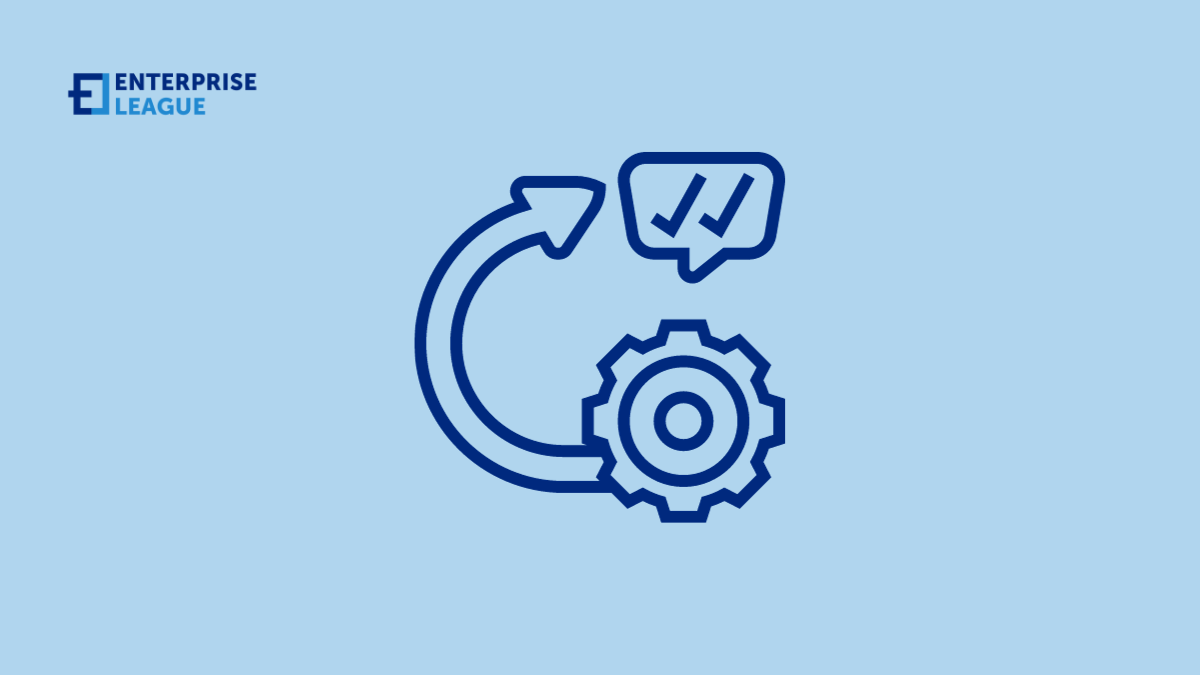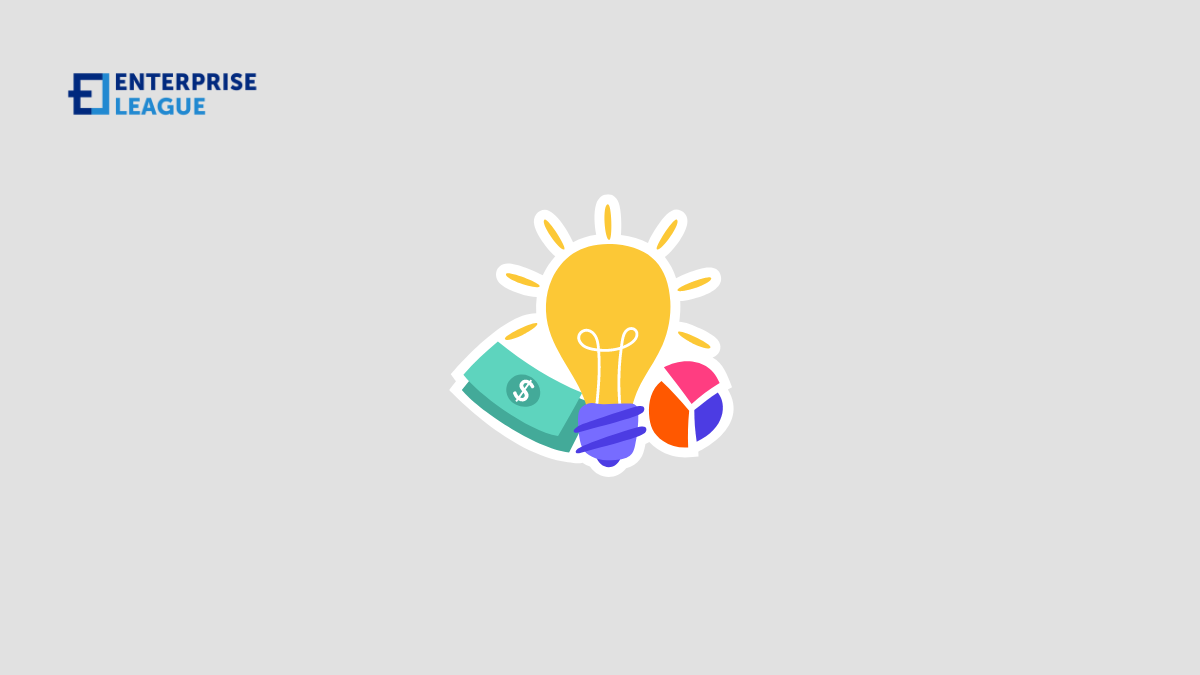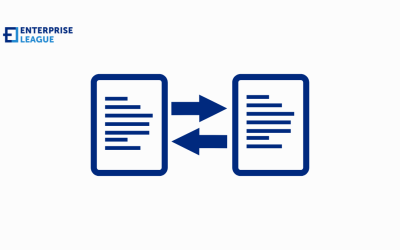Stages of product development when you’re creating a new physical product
December 20, 2023

Bringing a new physical product to life can’t happen by accident. You need a structured plan in place to make an idea a reality.
Understanding the stages of product development ensures you navigate this process effectively. From early conception to full-scale production, every step must be carefully planned and executed. Let’s look at what you need to do to succeed.
Start with market research and idea validation
Before diving into the creation of a new product, it’s vital to understand your market. Conduct thorough research to uncover customer needs and preferences that aren’t currently met. Engage with potential users through surveys, focus groups, or interviews – their feedback is priceless in shaping your concept.
For example, if you’re looking to develop an innovative kitchen gadget, visit food fairs or cooking classes and talk directly with culinary enthusiasts. Look for patterns in frustrations with existing products; maybe there’s a common complaint about hard-to-clean tools or inefficient designs. Use this data not just as inspiration but as proof that there’s demand for something better – validating your idea early on reduces risk later in the product development cycle.
Knowledge about what your target audience truly wants is foundational. Without this step, even brilliant ideas may falter because they don’t resonate with consumers’ actual desires.
Design, prototype, and iterate your concept
Once you’ve validated your idea, it’s time to give it form. Start designing your product with functionality, aesthetics, and user experience in mind. Tools like CAD (Computer-Aided Design) software enable precise modeling and adjustments of your concept.
Create prototypes to bring your digital designs into the physical world. This step is essential – a tangible model helps identify design flaws that aren’t obvious on screen. A common approach is 3D printing; it’s fast and cost-effective for creating initial prototypes you can hold, use, or show to potential customers.
For instance, if you’re developing a water bottle with a unique filtration system, produce several prototypes to test different filter types and bottle shapes.
You could even make use of low-volume injection molding to prototype and iterate, which is quicker and more scalable than additive manufacturing.
Regardless of the approach, each iteration should incorporate feedback from testing until you reach an optimal design balance between practicality and innovation. Iterative prototyping thus bridges the gap between concept sketches and a market-ready product.
Test prototypes with real-world users
Once your prototype is in hand, it’s crucial to put it to the test. Get your product out there and let real-world users interact with it. This stage goes beyond basic functionality – you’re looking for user experience insights and emotional reactions that can only come from hands-on use.
For instance, imagine a revolutionary travel backpack as your product. Provide sample prototypes to avid travelers and ask them to take your backpack on a short trip. Gather their feedback on everything: comfort level during wear, ease of accessing compartments, even the style appeal. Watch how they use the backpack naturally; do they struggle with zippers or finding pockets? Each detail they share is invaluable for refinement.
User testing may reveal surprising ways people interact with your design – be prepared to learn and adapt based on real feedback. This stage often leads back to iterating prototypes before moving forward.
Finalize product design for manufacturability
Your product isn’t just an idea anymore; it’s a prototype vetted by real users. Now, it’s time to refine your design for the manufacturing process. At this stage, collaboration with engineers and manufacturers is key to ensure that your product can be made efficiently without compromising quality.
Consider materials, production methods, and cost implications. For example, you might have a feature in your prototype that looks great but is too complicated or expensive to produce at scale. You’ll need to find the right balance between design intent and practical manufacturability.
Also take into account the assembly of parts – simplifying this can greatly reduce labor costs. Work closely with suppliers who may offer insights into materials that could improve durability while cutting costs. The goal here is to finalize a design that maintains your vision but fits within budgetary constraints and practical production capabilities.
Ramp up to full-scale manufacturing
With your product design ready, it’s time to scale up. This crucial phase, full-scale manufacturing, demands a well-planned approach to meet demand forecasts without overproducing.
Firstly, ensure that your supply chain is robust and capable of handling increased orders. It’s also wise to gradually increase production volume rather than jumping straight in. If you’ve created a new type of ergonomic office chair, for instance, start by fulfilling a significant order before opening the floodgates. Monitor this closely for any quality control issues or supply delays.
Also negotiate long-term agreements with suppliers now that you have bigger orders – this can often secure better unit prices and prioritize your needs with manufacturers. Getting this stage right means meeting customer expectations timely while managing inventory efficiently – balancing anticipation against reality.
Conclusion
These stages sound simple in theory, but their practical application won’t come easy until you have experience under your belt. Getting guidance from seasoned experts will of course iron out kinks efficiently, so don’t forget to listen to input from others as you develop a physical product.
More must-read stories from Enterprise League:
- Debunking the most common myths of entrepreneurship.
- Foretelling: transform your business by predicting future trends.
- Unique and profitable drone business ideas you should be aware of.
- Find out how having age diversity in the workplace can improve your business.
- The best apps for entrepreneurs that will help you achieve your goals.
Related Articles
PDFs and the debate between tradition and innovation
Curious about the future of PDF? Learn about its integration with new technologies and explore some practical PDF tips to leverage all the power of this format!
The 10 Ds of entrepreneurship: Why are they important?
Are you familiar with the 10 Ds of entrepreneurship? Let’s see if you possess some or all of them that will launch you for success.
Optimizing performance and reliability in managed file transfer systems
Optimizing the performance and reliability of MFT systems is a continuous process that requires attention to infrastructure, software and strategic processes.
PDFs and the debate between tradition and innovation
Curious about the future of PDF? Learn about its integration with new technologies and explore some practical PDF tips to leverage all the power of this format!
The 10 Ds of entrepreneurship: Why are they important?
Are you familiar with the 10 Ds of entrepreneurship? Let’s see if you possess some or all of them that will launch you for success.





